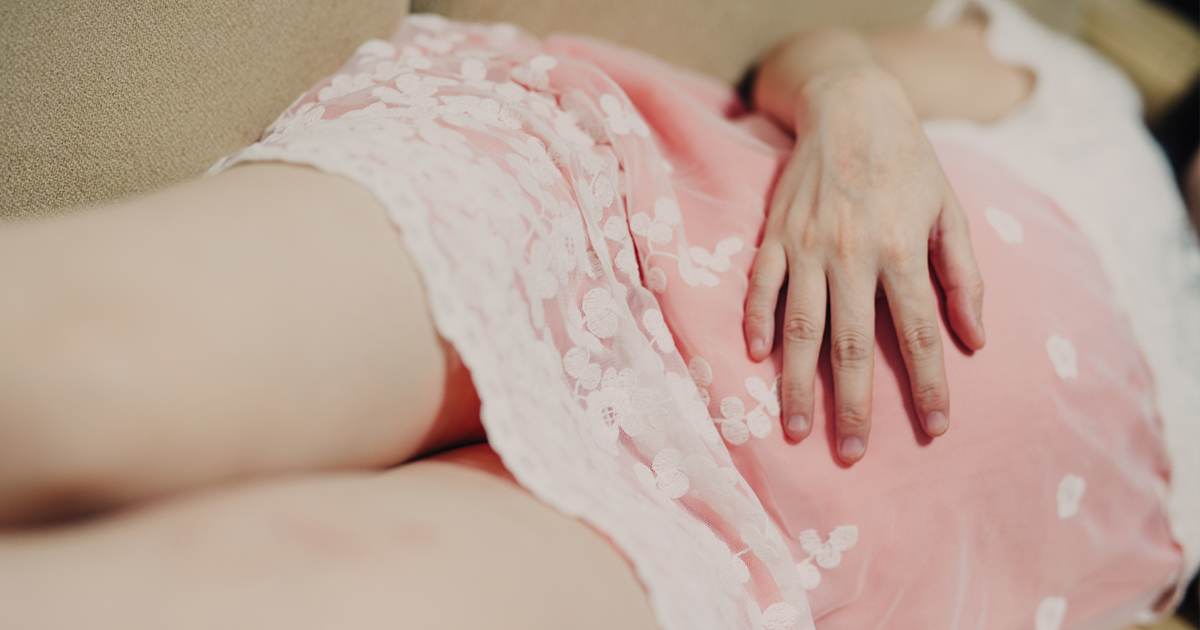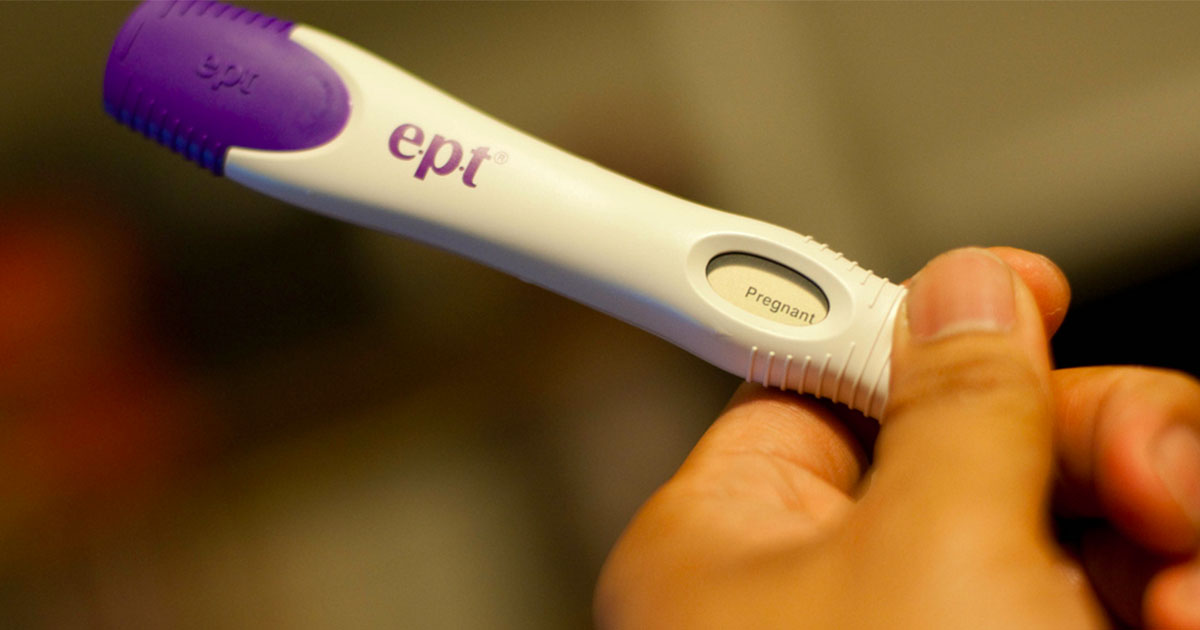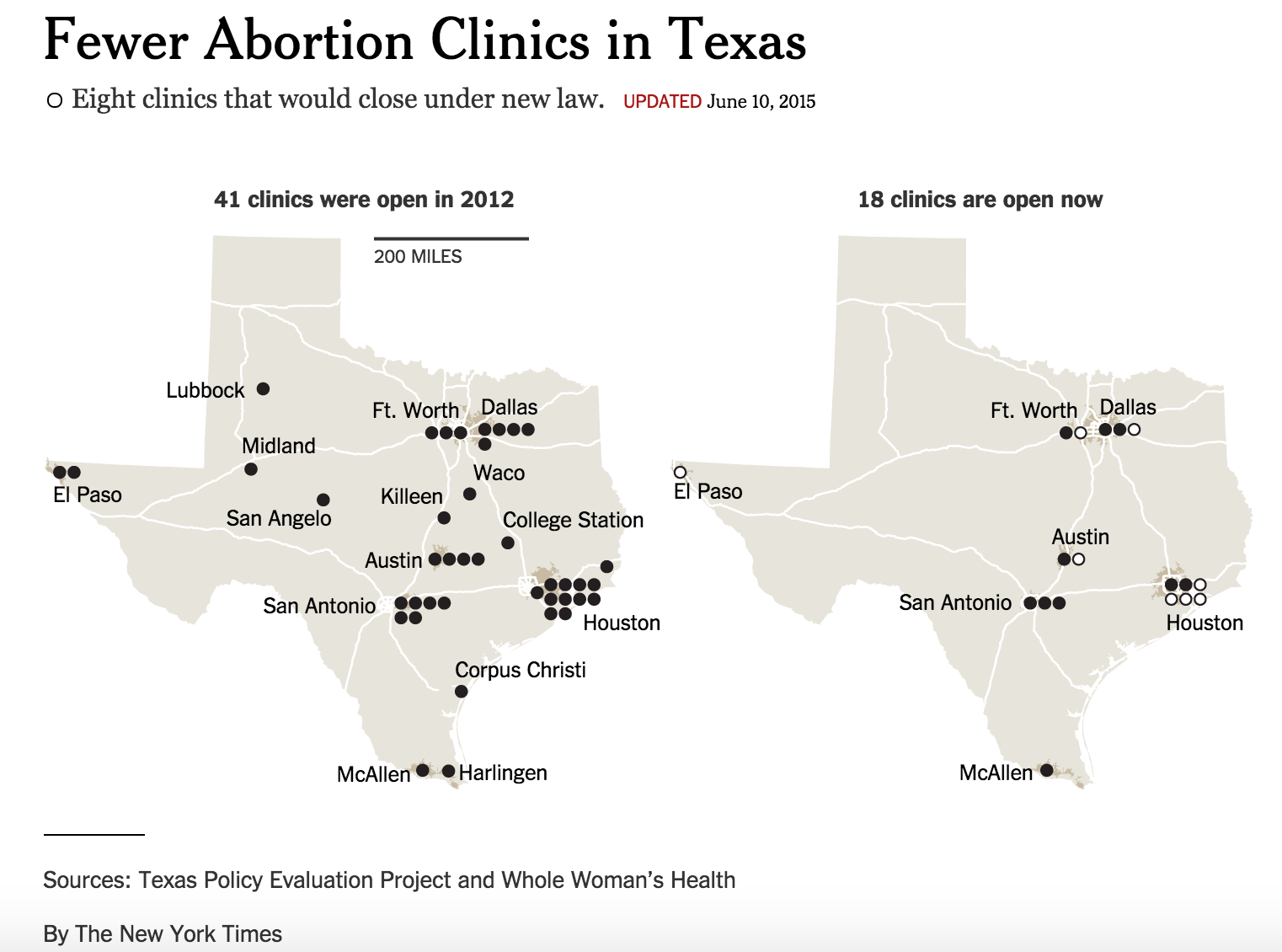Why American Women Are Contacting a Dutch Organization to Help Them Get Abortions

By:
There has been a spike in concern about abortion access since the U.S. presidential election, but American women have struggled to get safe and legal abortions long before President-elect Donald Trump's victory. The experiences of women seeking DIY abortions due to restrictive local laws or abortion bans was recently explored in a feature by the Guardian.
 Stocksy/Simone Becchetti - stocksy.com
Stocksy/Simone Becchetti - stocksy.com
Dutch non-profit abortion rights organization Women on Web exclusively shared emails from American women seeking help terminating their pregnancies with the Guardian.
The organization, which has been around for ten years, provides women living in countries where safe abortions are unavailable with abortion pills by mail after they complete an online video consultation with a licensed doctor. However, Women on Web doesn't send abortion drugs to American women because the U.S. doesn't ban abortion, but it received over 600 emails from American women in 2015.
 Flickr/dongkwan - flic.kr
Flickr/dongkwan - flic.kr
From the Guardian:
"The letters to Women on Web form a uniform chorus of desperation. 'Please' and 'afford' and 'help' and 'fear' appear in dozens of places, signaling the nature of how these women became stranded.
'now he is threatening me, saying I can never leave.'
'I am afraid of what he is capable of.'
'For a variety of reasons, an abortion must look like a miscarriage.'
'this has to look like a miscarriage.'
'I don’t have $600.'
'Planned Parenthood wants $650. My bf and I live in our car.'
'I can’t afford an abortion.'
'I simply cannot afford an abortion.'"
The 1973 Roe v. Wade U.S. Supreme Court ruling recognized a woman's right to choose to have an abortion as a constitutional right, but subsequent laws significantly shaped abortion access.
The Hyde Amendment, passed by Congress in 1976, prohibited the use of Medicaid funds to cover abortions, and poses a significant obstacle to abortion access for many low-income women, Think Progress reports.
The 1992 U.S. Supreme Court decision in Planned Parenthood vs. Casey ruled that states can restrict abortion access if the laws don't "unduly burden" women.
"What we saw following Planned Parenthood vs. Casey is states trying to take advantage of this test and figure out ways to work around the constitution by trying to push limits of what constitutes an undue burden," Rachel Easter, counsel at the National Women's Law Center, told ATTN: on Nov. 19.
Abortion restrictions passed in recent years have spurred worries about DIY abortions making a comeback.
Google searches related to inducing miscarriages and abortions spiked in 2015 in areas with restrictive abortion laws, researcher Seth Stephens-Davidowitz, Ph.D., wrote in a New York Times op-ed.
The Texas abortion law HB 2, which was passed in 2013 and overturned in June 2016, provides a window into the impact of restrictive abortion access. The law resulted in the shuttering of over half the state's abortion providers and was linked to a spike in DIY abortions, Reuters reports.
 The New York Times - nytimes.com
The New York Times - nytimes.com
A Texas woman identified as Martina by the Guardian was among the American women who contacted Women on the Web seeking help with getting an abortion in 2015.
Martina lost her job and was unable to afford an abortion, according to the report. Because Women on the Web was unable to send her abortion pills due to her location, she first attempted to self-induce an abortion by taking cinnamon capsules and high doses of vitamin C, a method she discovered online, the Guardian reports. Struggling to hide her pregnancy symptoms from her boyfriend, she eventually traveled to Mexico and purchased the drug misoprostol.
When a woman has a medical abortion in a doctor's office, two drugs are typically used: Mifepristone terminates the pregnancy, which is taken at a clinic, and misoprostol is taken at home the following day to expel it. Misoprostal can be taken alone to induce an abortion, but taking both drugs makes it significantly more likely that the abortion will be successful, Women on the Web explains.
Though Martina told the Guardian she successfully terminated her pregnancy, the lengths she reportedly went through to obtain healthcare painted an unsettling picture of abortion access in the United States. As Slate pointed out, some women have even faced criminal charges after failed DIY abortion attempts.
You can read the full report on the Guardian.
